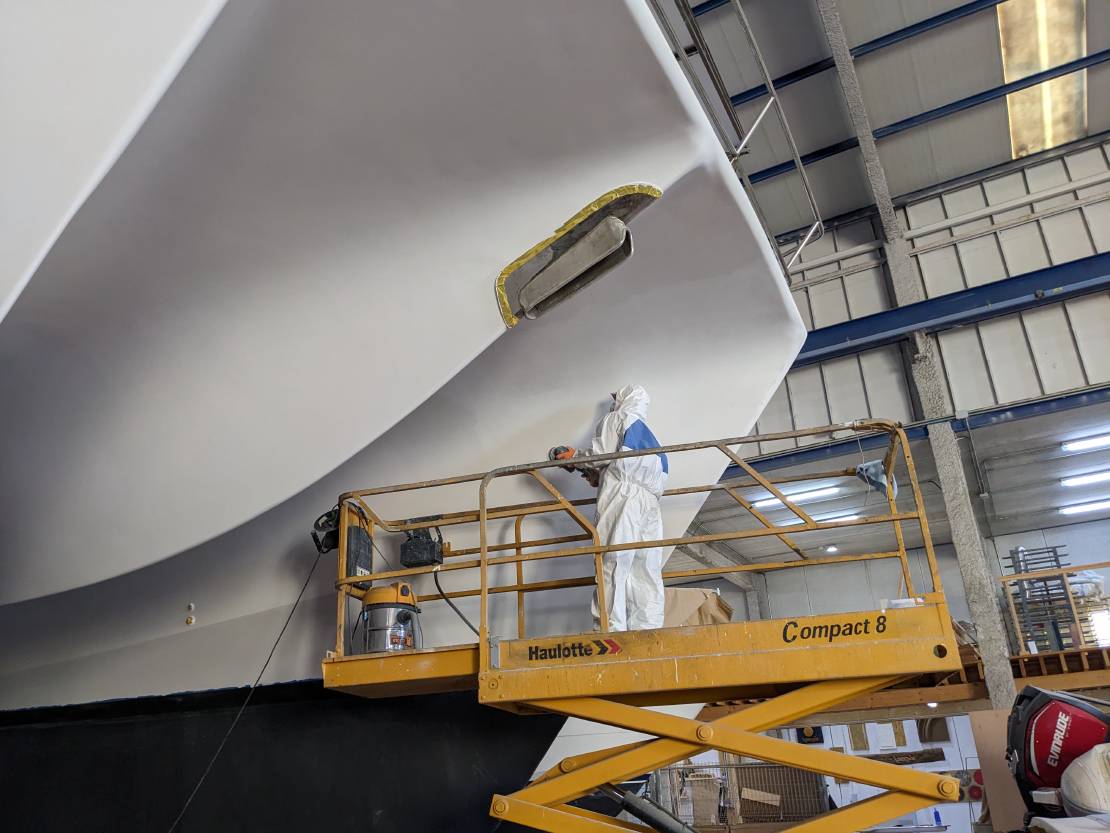
Refit Project Update - Q1 2023
The last three months have been very productive. We've made significant progress, giving the boat a fresh new look and integrating crucial systems …
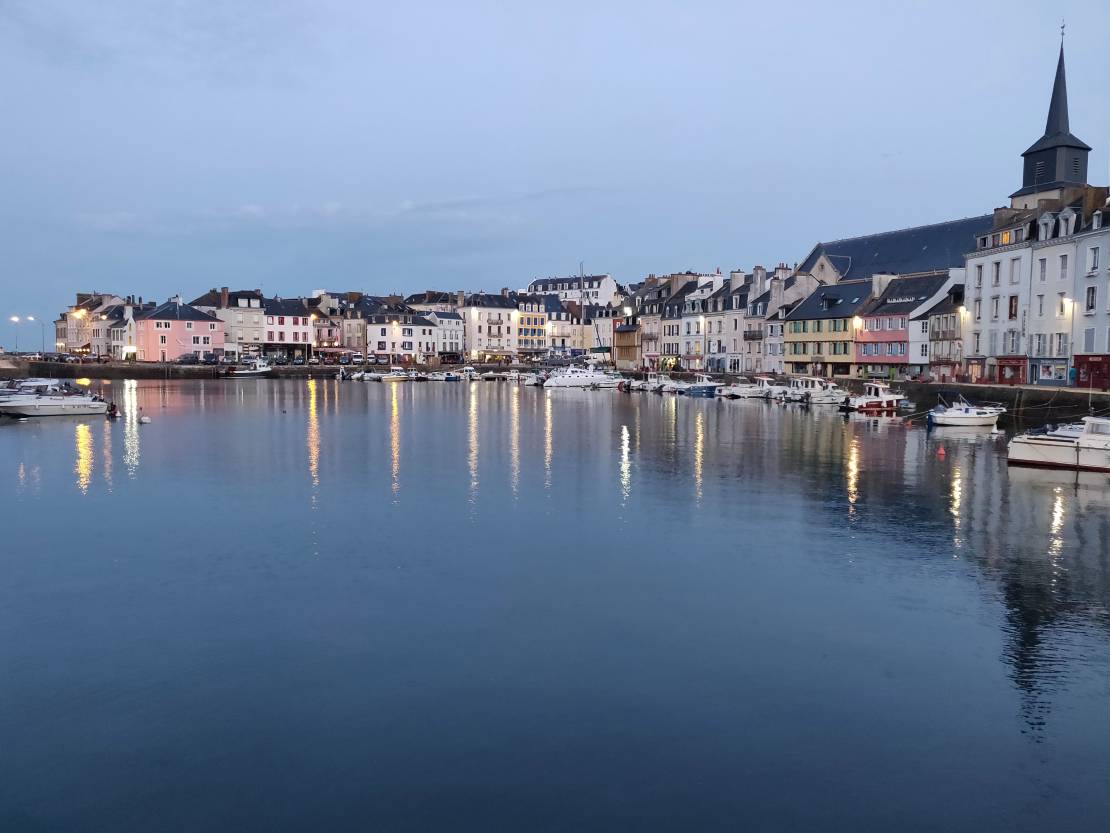
I started thinking about how solar electric boats work and are designed and how to potentially build one, after seeing the performance of the Sun21 (Atlantic crossing in 2007) and then the Solarwave 64 (first production solar catamaran to cross the Atlantic in 2018 after years of experimentation with the SolarWave).
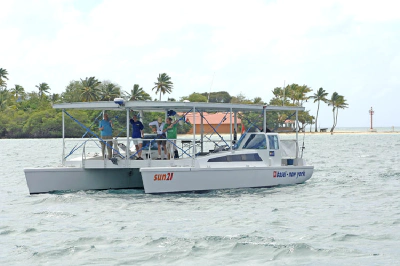
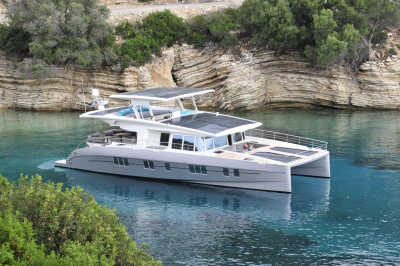
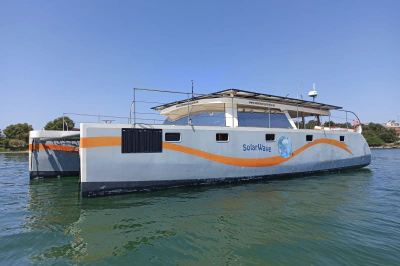
In addition to following the news of prototypes and experimental projects such as the French Energy Observer, or the Swiss Planet Solar, I read a few books to deepen my knowledge of the technologies implemented.
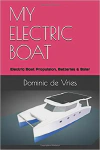
I first read My Electric Boat: Electric Boat Propulsion, Batteries and Solar by Dominic De Vries (2017). This reading was a very good introduction to the different components of electric propulsion and solar energy generation. It starts with batteries, covering the different technologies, from lead to lithium and the BMS for the management of these batteries. It then presents the different types of solar panels and their charge controllers. In later chapters, this book covers the technologies of electric motors. It is a relatively short book of about a hundred pages, but it allowed me to update my knowledge in these 3 areas.

My next read was Electric Boats and Ships: A History by Kevin Desmond (2017). The book had good reviews and although it wasn’t a very technical read, the historical aspects and the general overview of what has been done in terms of electric-powered boats were interesting. The main thread of the book is chronological, from 1837 to 2017. I enjoyed discovering the story of Gustave Trouvé, a French electrical engineer and inventor and his electric boat Le Téléphone in 1891 on the Seine. I was especially interested in the recent history detailed in this book and I learned about the power rating of electric motorizations through the few technical details of modern examples presented.

While exploring the subject in French, I came across La belle et le bouchon gras: Comment converti un catamaran de série en un fabuleux trawler océanique by Dormi Montesinos. It is a short book, an account of the author’s transition from sailboat to motorboat enthusiast and on the modifications undertaken to transform a diesel catamaran, built for speed, into a more fuel-efficient vessel. Although this project was not electric or solar, his story made me consider, for example, the importance of hull length.
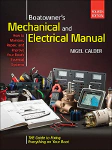
Finally, I borrowed Boatowners Mechanical and Electrical Manual, 4th edition by Nigel Calder. It is a book of almost 1000 pages that covers in detail everything about electricity and the mechanics of propulsion on a boat. There is a small section on electric propulsion boats, or hybrid propulsion, but this is not the main theme of the book and pure electric propulsion is rather discouraged by the author. It is not the type of book that one reads from cover to cover, but I think it will be a purchase to make when we have our own boat, because it is a reference to which we go when we ask ourselves questions of “How does it work?”, or “How is it done in general?”.

The last three months have been very productive. We've made significant progress, giving the boat a fresh new look and integrating crucial systems …
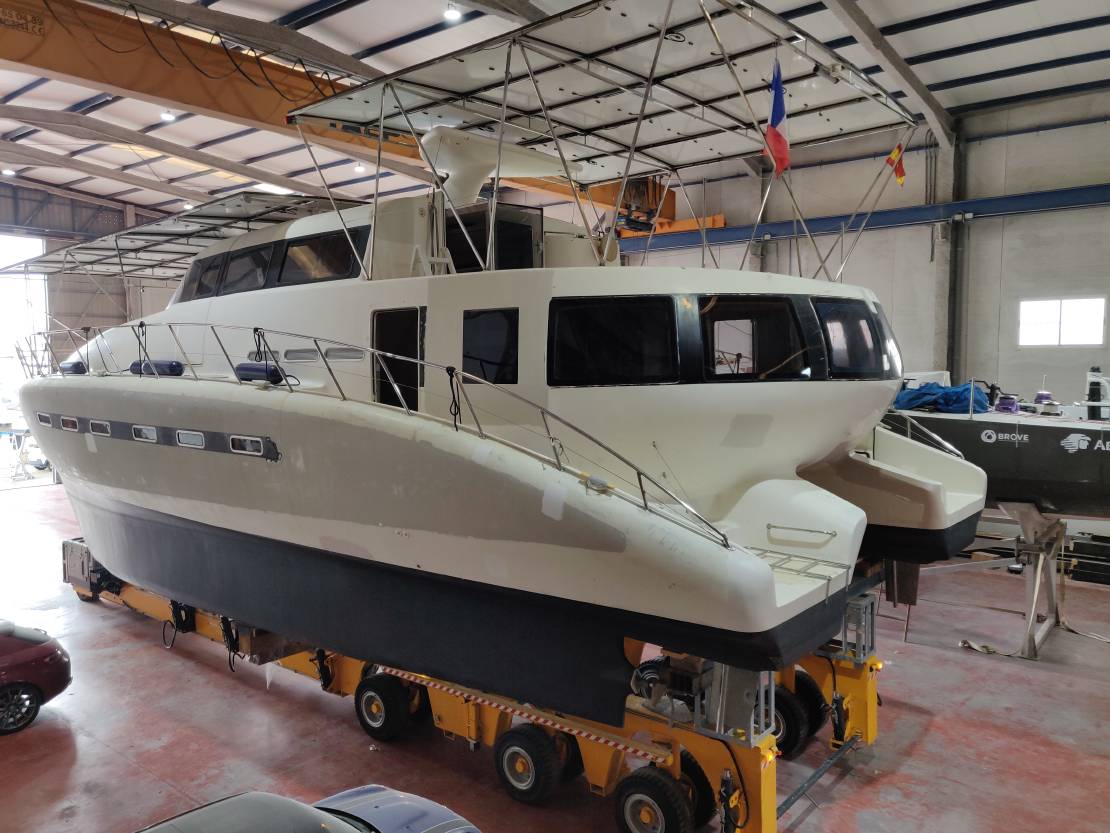
The last two months have been full of activity and progress! Having Escargot on the water for nearly six weeks was an invaluable experience, …